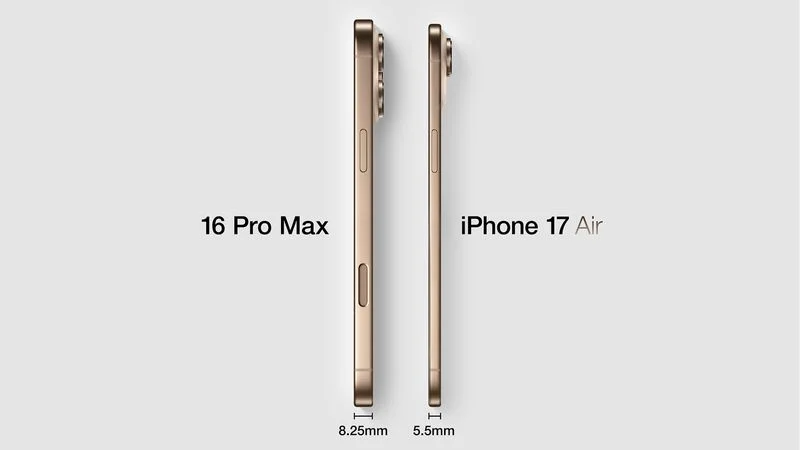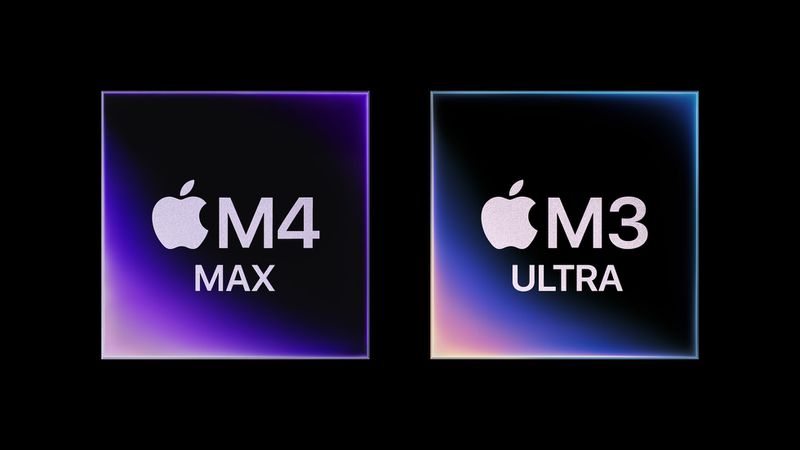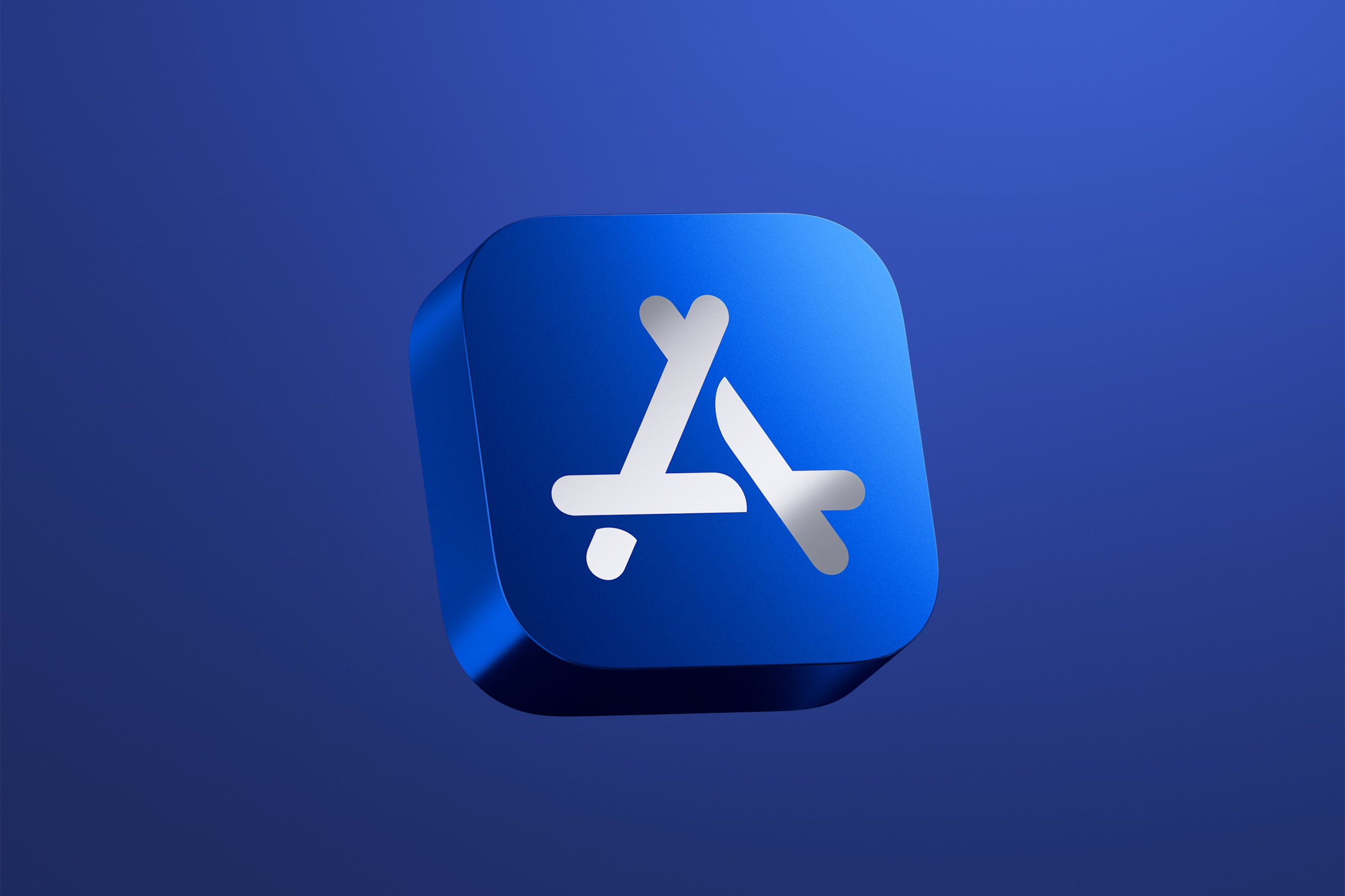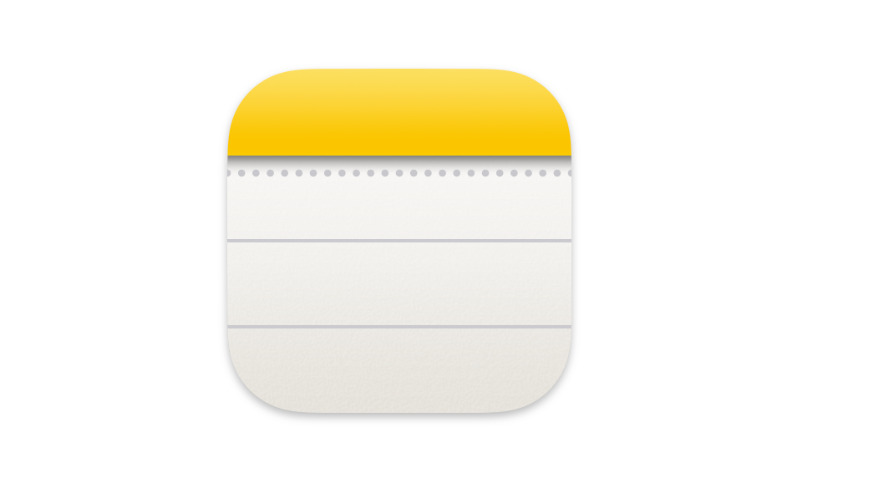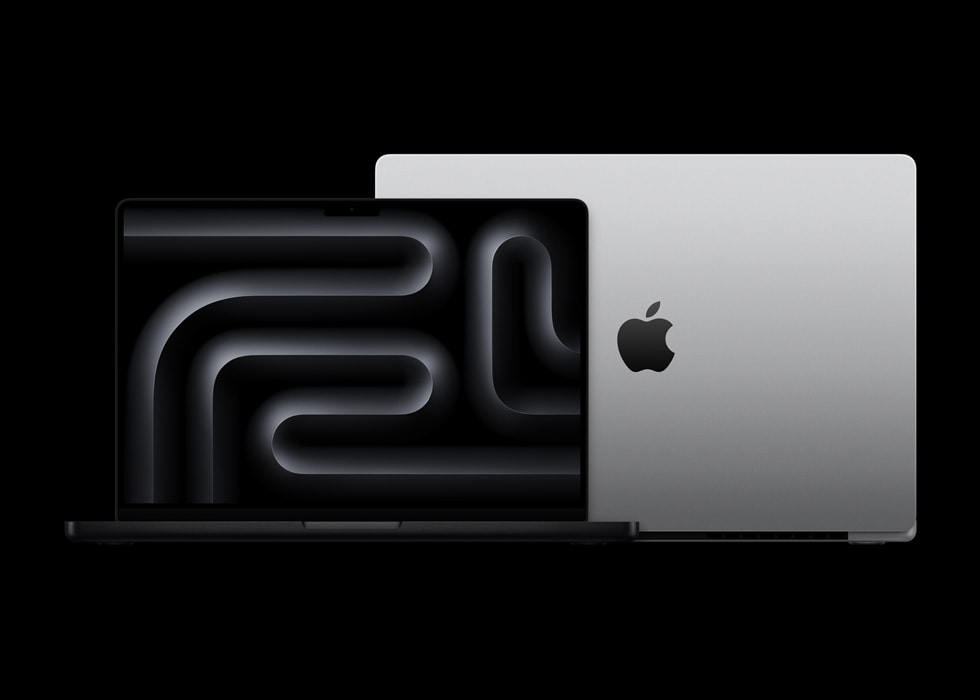OpenAI has made its ChatGPT app for macOS even better by letting it edit code straight in popular tools like Xcode, VS Code, and JetBrains software. With this update, you don’t need to copy and paste code anymore. ChatGPT can now look at your code in these programs and change it right there. It’s simple and saves time.
There’s also an “auto-apply” option. When turned on, ChatGPT makes the edits for you without extra steps. Alexander Embiricos, who works on OpenAI’s product team, showed how it works on social media. He said Windows users will get this feature soon, too.
Right now, only people with ChatGPT Plus, Pro, or Team plans can use this if they update their macOS app. OpenAI says everyone else—Enterprise, Education, and free users—will get it next week.
This new trick builds on something ChatGPT started testing last November.
Back then, it could read code from these apps but couldn’t change it. Now, it can do both. This update puts ChatGPT up against other AI coding helpers like GitHub Copilot and Apple’s Swift Assist, which already let you edit code directly in similar ways.

